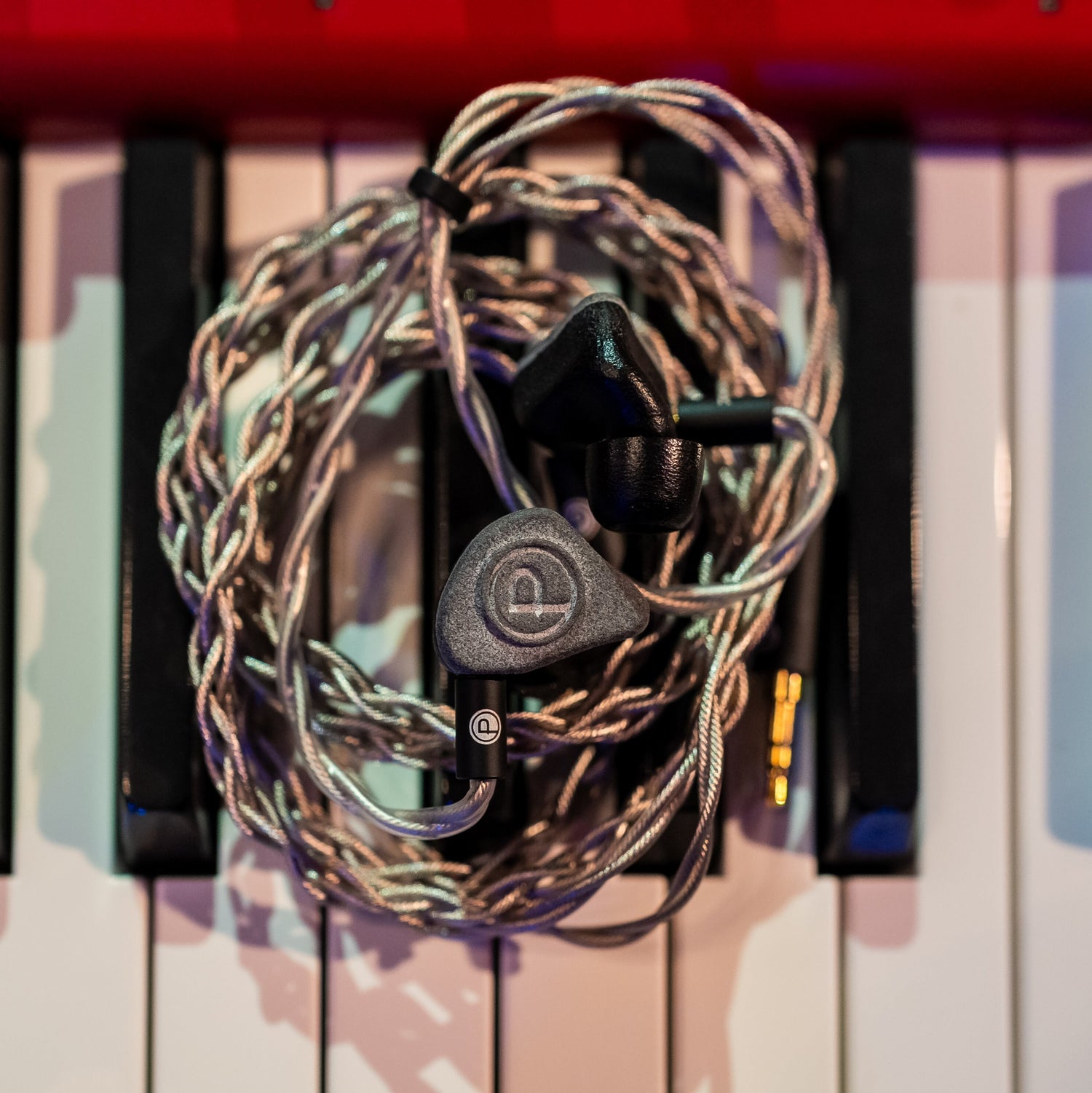Photo Credit: Jay R. McDonald @jayrmcdonald
In-ear monitors (IEMs) are a game-changer for musicians, offering precise control over your sound and allowing you to perform with confidence. If you’re new to IEMs, this guide will walk you through the basics to ensure you get off to a great start.
Why Use In-Ear Monitors (IEMs)?
-
Clearer Sound
Hear your instrument and vocals with precision, even in noisy environments. Imagine having the ability to hear every instrument in its place, every vocal nuance, and every backing track with pristine clarity. IEMs make this dream a reality, removing the guesswork and helping you stay locked into your performance. -
Hearing Protection
Reduce the risk of long-term hearing damage by controlling volume levels. IEMs not only deliver sound directly to your ears but also allow you to keep the volume at safer levels. Over time, this can mean the difference between a long, healthy career and the frustration of noise-induced hearing loss. -
Freedom to Move
Enjoy consistent sound quality wherever you are on stage. Whether you're shredding a solo, connecting with the audience, or just soaking in the moment, IEMs ensure your performance isn't limited by technical constraints.
Getting Started with In-Ear Monitors (IEMs)
Adjusting to in-ear monitors (IEMs) can take a little time, especially if you're new to them. However, like any tool, the key is learning how to use them effectively to maximize your investment. Here are some quick tips to help you get started.
-
Choose the Right IEMs:
When choosing IEMs, look for comfort, great isolation, and audio quality that suits your needs. Take your time and do your research, as this is the foundation for everything else. Here's a quick guide to help you find the perfect pair. - Understand Gain Staging: Set appropriate input levels to prevent distortion and maintain clarity. Proper gain staging helps maintain clarity, allowing every instrument and vocal to be heard clearly, while also preserving the dynamic range of your mix.
- Work on Your Mix: Collaborate with your monitor engineer or fellow musician to build a mix that balances instruments, vocals, and any clicks or tracks. Find out what your preferences are and create a baseline so you can walk into your next gig ready to tweak things - not start from scratch.
- Practice with Your IEMs: Spend time rehearsing with your setup to adjust to the sensation of isolation which can feel strange at first and refine your mix preferences. Confidence is everything and practice makes perfect.
Bonus Tips for Success
- Use a room mic to add ambient sound and reduce the “closed-off” feeling.
- Keep backups of cables and adapters to avoid surprises during gigs.
- Experiment with EQ settings to find the most comfortable sound for your ears.
Ready to level up your performances? Shop Unity IEMs today!



